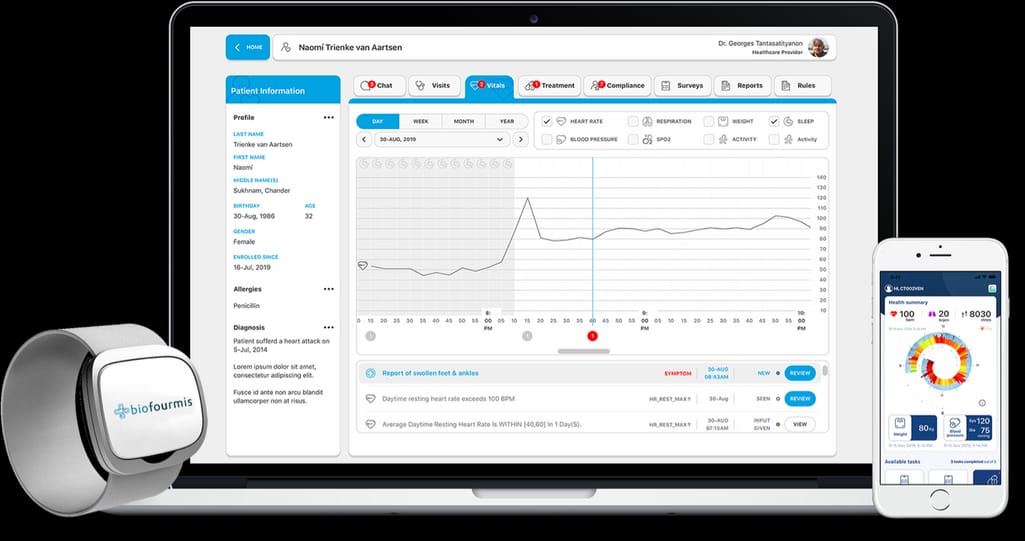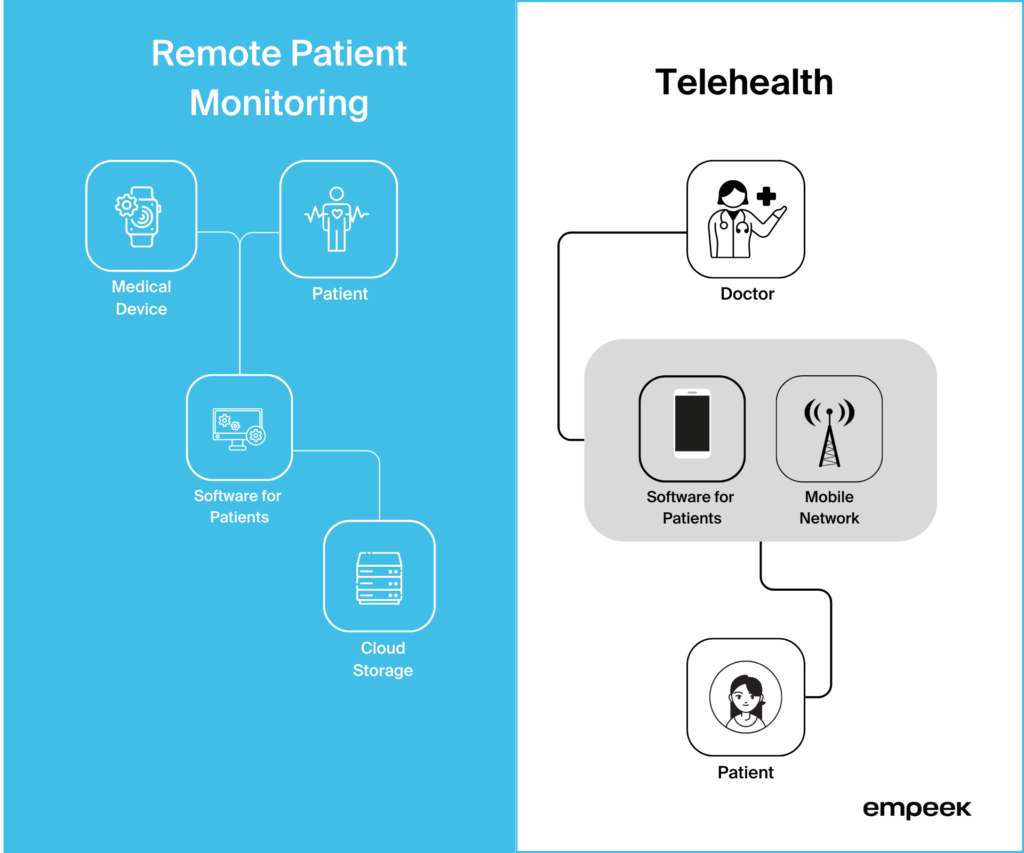Safeguard Remote Patient Monitoring Software: Shielding Patient Data
Safeguard Remote Patient Monitoring Software: Shielding Patient Data
Blog Article
The Future of Medical Care: Remote Client Keeping Track Of Streamlined
As healthcare remains to advance, one area that holds enormous assurance is remote patient tracking. The principle of simplifying this process with technological advancements is reshaping the way care is provided and obtained. With a concentrate on boosting patient outcomes and enhancing medical care distribution, remote surveillance is positioned to transform the market. By discovering the advantages, technological developments, and future patterns in this field, we can get useful understandings right into the transformative capacity of remote individual monitoring.
Advantages of Remote Patient Monitoring
Remote individual tracking provides a wide range of benefits for both healthcare carriers and patients alike. One considerable advantage is the ability to continuously monitor patients' essential indications and health information from another location. This real-time monitoring enables medical care carriers to find any kind of concerning patterns or adjustments immediately, resulting in very early interventions and possibly preventing medical emergencies. In addition, remote individual tracking enhances the general quality of treatment by providing a much more extensive and holistic sight of clients' wellness status past traditional in-person brows through.
In addition, remote individual tracking can lead to improved person end results and fulfillment. Remote tracking can reduce the requirement for regular medical facility gos to, decreasing health care costs for both patients and carriers.
Technology Driving Remote Surveillance
In the world of contemporary medical care, technological advancements play a crucial function in driving the advancement and efficiency of remote patient tracking. The assimilation of cutting-edge modern technologies such as wearable devices, mobile applications, and cloud-based systems has changed the method medical care suppliers remotely keep an eye on and manage client health - remote patient monitoring platform. These innovations make it possible for continuous real-time tracking of essential indications, drug adherence, and other vital wellness data, permitting prompt treatments and personalized care strategies
One trick modern technology driving remote monitoring is the Web of Things (IoT), which makes it possible for smooth connectivity between medical gadgets and health care systems. IoT tools such as smartwatches and cordless sensors accumulate and send client data to centralized platforms, facilitating remote monitoring from anywhere in the world. Expert system (AI) and artificial intelligence algorithms further enhance remote monitoring by evaluating huge quantities of person data to find patterns, forecast wellness fads, and sharp doctor to prospective problems.
Influence On Health Care Shipment
With the combination of sophisticated innovations driving remote client tracking, the influence on healthcare delivery is becoming transformative and increasingly extensive. Remote individual tracking enables health care suppliers to use even more positive and customized care to people, leading to improved health end results and minimized health center admissions. By from another location tracking important signs, signs and symptoms, and medicine adherence, healthcare professionals can step in early, preventing difficulties and enhancing the overall click for source high quality of treatment.
Moreover, remote surveillance enhances accessibility to healthcare solutions, especially for people in underserved or rural locations. Patients can get continuous surveillance and support from their homes, eliminating the demand for frequent in-person brows through. This not only conserves time and decreases prices for both clients and medical care facilities yet also lessens the danger of direct exposure to infectious illness, an important factor to consider in the current health care landscape.
In addition, remote client surveillance enables doctor to much better designate sources and prioritize care based on real-time data. By determining high-risk individuals and interfering promptly, health care shipment comes to be more efficient and efficient, eventually resulting in a much more sustainable and patient-centered health care system.
Improving Person End Results

Moreover, RPM enables aggressive management of chronic conditions, decreasing the likelihood of acute worsenings and healthcare facility readmissions. Individuals benefit from enhanced benefit and comfort, as they can get care in their own homes while remaining attached to their doctor. This constant monitoring not just boosts individual complete satisfaction yet also fosters hop over to here a feeling of empowerment and interaction in their own wellness administration.
Future Trends in Remote Monitoring
Welcoming advanced modern technologies in remote person tracking is forming the future landscape of medical care delivery. One considerable pattern is the raised use of wearable gadgets and sensing units to accumulate real-time information, enabling health care providers to keep track of individuals continually without the demand for regular in-person sees.

Moreover, telehealth systems are ending up being much more innovative, permitting virtual appointments, remote medical diagnosis, and remote client checking done in one integrated system (best remote patient monitoring software). This alternative strategy to remote surveillance is streamlining healthcare delivery, improving person satisfaction, and ultimately, improving overall quality of treatment
Final Thought
In verdict, remote person surveillance supplies countless benefits in medical care distribution, driven by developments in innovation. It has the potential to improve patient outcomes and revolutionize the way medical care is supplied. Future fads in remote surveillance will remain to shape the landscape of medical care, giving opportunities for even more effective and customized client care.
Remote person tracking provides a wide range of benefits for both medical care providers and people alike. In addition, remote individual tracking enhances the overall top quality of treatment by offering an extra detailed and alternative view of patients' wellness condition beyond standard in-person check outs.
Moreover, remote individual surveillance can lead to improved patient end results and fulfillment. Remote patient tracking allows health care service providers to supply more tailored and positive treatment to patients, leading to improved health results and reduced hospital admissions. Remote individual monitoring (RPM) plays a substantial role in enhancing person outcomes by supplying continual, real-time data that allows health care providers to intervene immediately and readjust treatment plans as needed.
Report this page